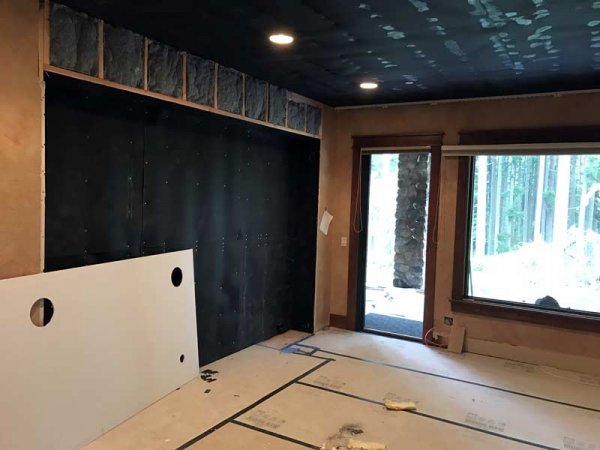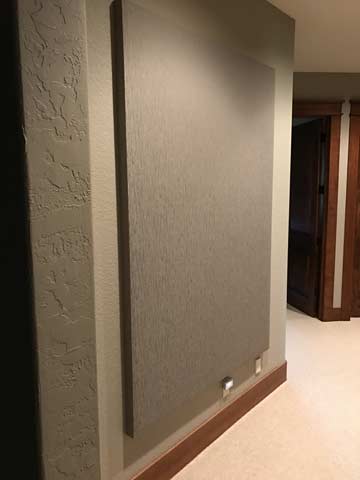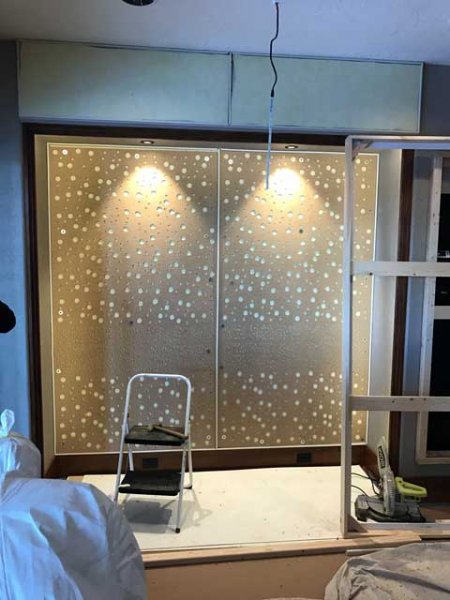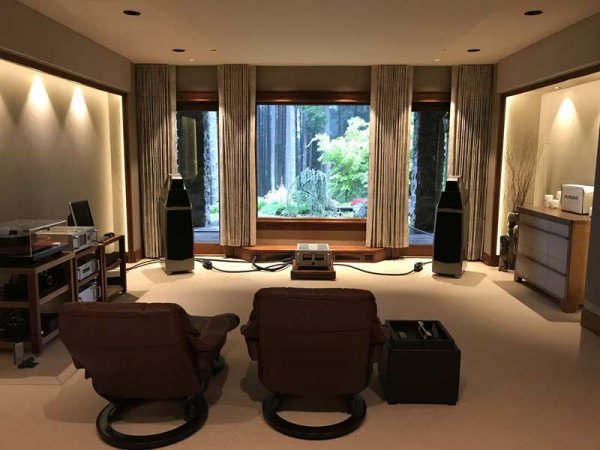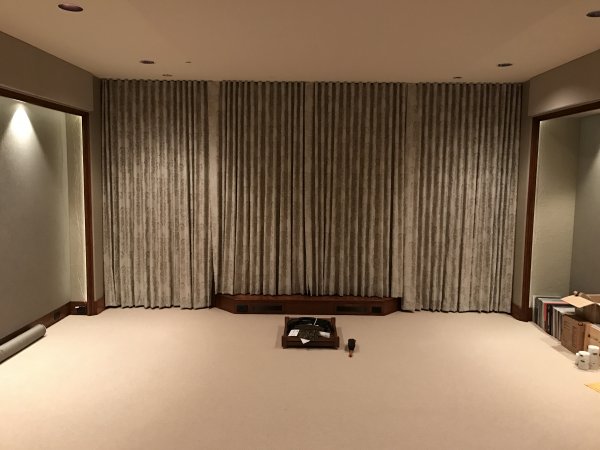I wish it were construction. This is obviously not my field but I understand that new construction often is easier and faster than repair/replace/rebuild.
The project is mostly destruction and then repair/replace/rebuild. The below grade excavation and re-waterproofing of the retaining wall (23' below street level, 120' long) commenced four years ago.
All of the remodels I have been involved in (many) have involved repair/replace/rebuild...some of them as large, or larger, than 15k Square feet; none of them took more than one year....
The permitting process is usually what is taking the time, the demo is very quick, the construction also goes fairly quickly.....assuming that there is some planning behind it! (we would never consider the project unless it was planned out from the start...and all of the sub contractors were known)
Do you have a general on the job?
I do see all of the change orders and modifications, but four years in the ground??? Wow, I wouldn’t have the patience, nor the inclination...never mind the budget


